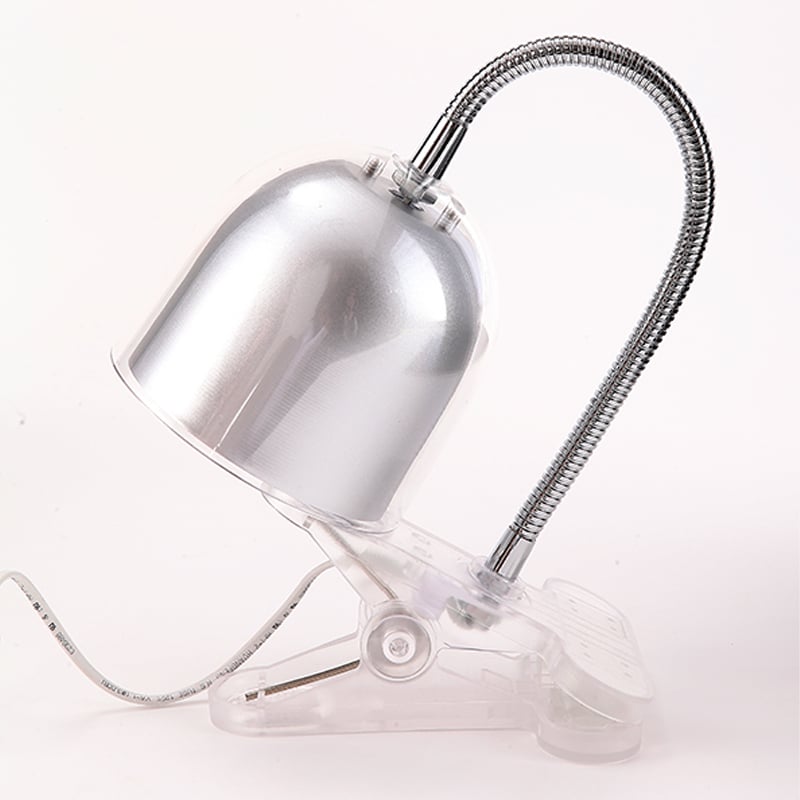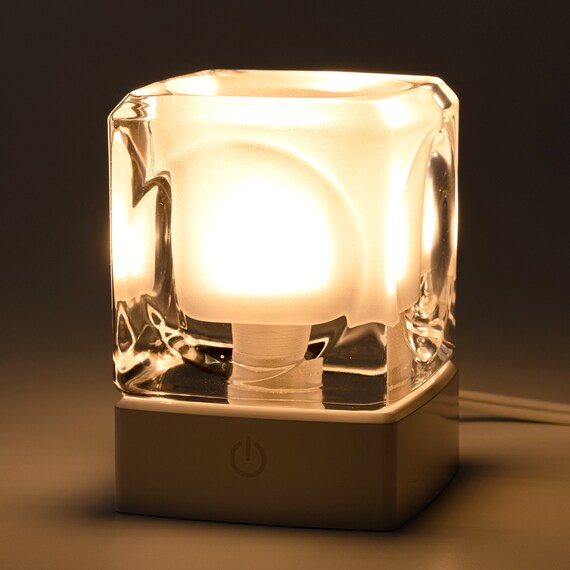Introduction
remote control tracks have become increasingly popular among hobbyists and enthusiasts of all ages. These miniature vehicles offer a thrilling and immersive experience, allowing users to navigate challenging terrains and race against friends. In this comprehensive guide, we will explore the world of remote control tracks, covering everything from their history and types to tips for beginners and advanced users.
A Brief History of Remote Control Tracks
Remote control tracks have a fascinating history that dates back to the early 1960s. The first commercially available remote control cars were introduced by Italian company El-Gi. These early models were simple and lacked the advanced features found in today's remote control tracks. However, they laid the foundation for the development of this exciting hobby.
The Different Types of Remote Control Tracks
When it comes to remote control tracks, there are several types to choose from, each offering unique features and capabilities. Let's take a closer look at some of the most popular types:
1. Off-Road Tracks
Off-road remote control tracks are designed to tackle rough terrains such as dirt, gravel, and sand. These tracks typically feature durable tires with deep treads, powerful suspension systems, and rugged chassis to withstand the rigors of off-road racing. They are perfect for outdoor adventures and can handle jumps, bumps, and uneven surfaces with ease.
2. On-Road Tracks
If you prefer racing on smooth surfaces like pavement or asphalt, on-road remote control tracks are the way to go. These tracks are designed for speed and precision, featuring low-profile tires, aerodynamic bodies, and responsive steering systems. On-road tracks are ideal for high-speed racing and are commonly used in organized competitions.
3. Rock Crawler Tracks
Rock crawler remote control tracks are specifically designed for conquering challenging and rocky terrains. These tracks feature specialized tires with aggressive tread patterns for maximum grip, high ground clearance, and flexible suspension systems. Rock crawlers are known for their ability to navigate steep inclines, rocky surfaces, and obstacles with ease.
Choosing the Right Remote Control Track
With a wide variety of remote control tracks available on the market, choosing the right one can be overwhelming. Here are some factors to consider when making your decision:
1. Skill Level
Consider your skill level when selecting a remote control track. If you are a beginner, it is advisable to start with a simple and easy-to-use model. Advanced users can opt for more complex tracks with advanced features and customization options.
2. Terrain
Think about where you plan to use your remote control track. If you have access to open outdoor spaces with rough terrains, an off-road track would be a great choice. On the other hand, if you prefer racing on smooth surfaces, an on-road track would be more suitable.
3. Budget
Set a budget for your remote control track purchase. Prices can vary greatly depending on the brand, features, and overall quality. It is important to find a track that offers good value for money without compromising on performance and durability.
Tips for Beginners
If you are new to the world of remote control tracks, here are some helpful tips to get you started:
1. Start Slow
Take your time to familiarize yourself with the controls and the capabilities of your remote control track. Begin by driving at slower speeds and gradually increase your speed as you gain confidence and experience.
2. Find an Open Space
When practicing or racing with your remote control track, it is important to find a spacious and open area. This will allow you to fully enjoy the experience without any obstacles or hazards getting in your way.
3. Maintenance and Care
Regularly inspect and maintain your remote control track to ensure optimal performance and longevity. Clean the tires, check for any loose parts, and replace worn-out components as necessary. Proper care will extend the lifespan of your track and enhance your overall experience.
Advanced Techniques for Experienced Users
If you are an experienced user looking to take your remote control track skills to the next level, here are some advanced techniques you can try:
1. Drifting
Drifting is a popular technique in remote control track racing that involves intentionally causing the rear wheels to lose traction and slide while maintaining control of the vehicle. This requires precise throttle control and steering inputs. Practice in open areas with plenty of space to master this skill.
2. Jumping and Stunts
For those seeking an adrenaline rush, jumping and performing stunts with your remote control track can add an exciting element to your racing experience. Look for tracks with ramps and obstacles specifically designed for jumps and stunts.
3. Customization and Upgrades
Advanced users often enjoy customizing their remote control tracks to enhance performance and personalize their vehicles. From upgrading motors and batteries to fine-tuning suspension systems, the possibilities for customization are endless.
Conclusion
Remote control tracks offer endless hours of fun and excitement for enthusiasts of all ages. Whether you are a beginner or an experienced user, there is a track out there to suit your preferences and skill level. By considering factors such as terrain, skill level, and budget, you can find the perfect remote control track to fulfill your racing dreams. So, start your engines and get ready for the thrilling world of remote control track racing!







